“In addition to the big tech names, startups, financial firms and other businesses are competing for top AI talent,” said Angus Chen, head of AI talent acquisition at Shanghai-based recruitment firm ManGo Associates. “A candidate may receive offers from multiple companies, and some may decide to work with other companies even after we spend months connecting them with specific companies.”
The most sought-after candidates are those with master’s or doctoral degrees in their 30s, with resumes from large language modeling companies, the foundation of generative AI. Highly skilled AI engineers can earn up to 1 million yuan ($137,000) a year, with some “new recruits” receiving offers of more than 3 million yuan a year.
As early as 2023, major tech companies and other businesses announced their focus on developing generative AI. Meanwhile, the government began licensing AI services under enforcement rules from August 15.
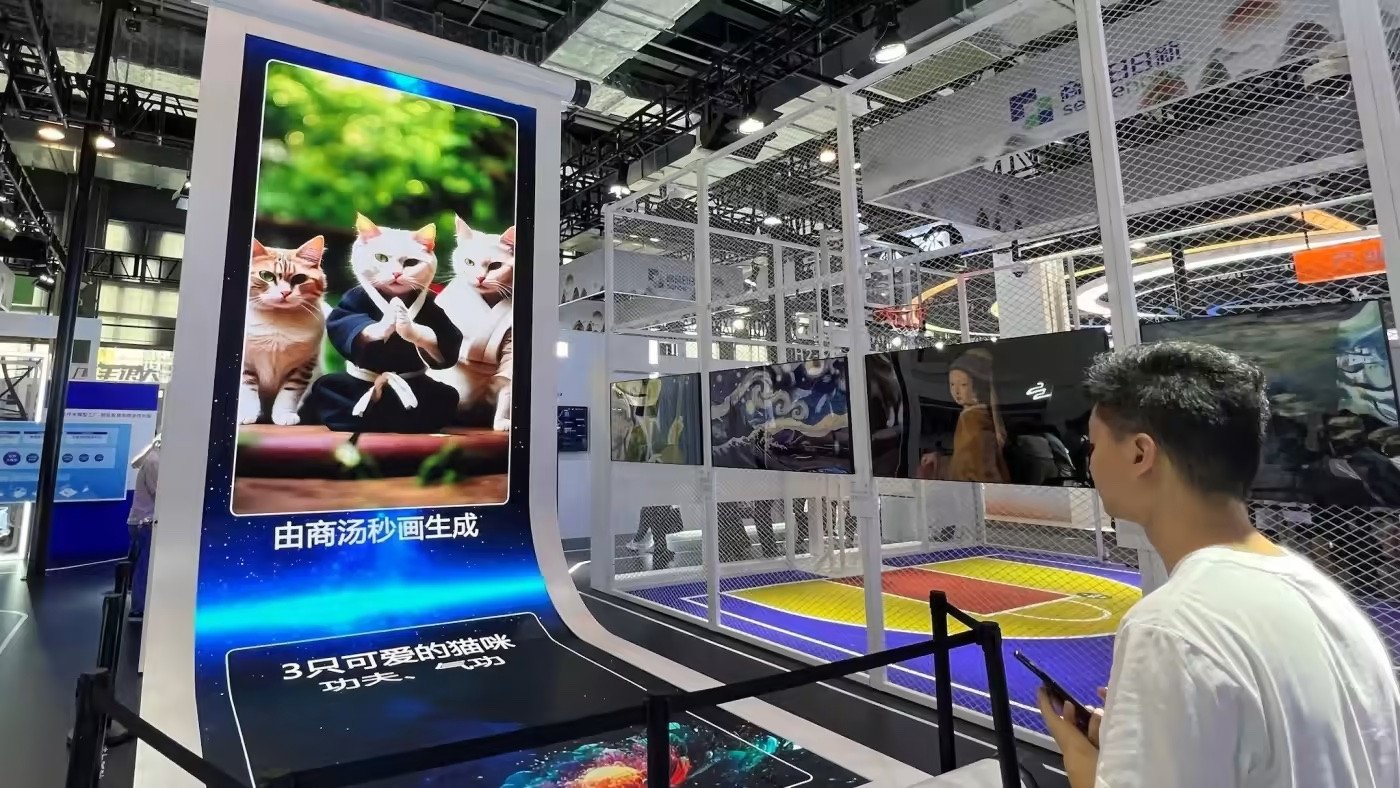
Late last month, search giant Baidu launched its chatbot Ernie Bot. In its first 24 hours, the chatbot answered 33.42 million questions from users. On the same day (August 31), AI developer SenseTime released its bot SenseChat.
The “whirlwind” of chatbot releases has fueled demand for AI experts and talent. According to job search platform Liepin, job postings in the AI content creation category, including those for algorithm engineers, increased 2.3 times in the first half of 2023 compared to the same period last year.
The average annual salary for the recruitment positions also exceeded 400,000 yuan, nearly double the average of 220,000 yuan in the new energy vehicle sector.
“AI content creation is expanding rapidly and the demand for talent will continue to increase in the future,” Liepin said.
Shortage of 10 million professionals by 2025
In 2020, China’s Ministry of Labor released a report that estimated a shortage of 5 million AI engineers at the time. The report said the supply of AI professionals could only meet 10% of demand. Unless efforts are made to increase training of AI workers, the shortage will increase to more than 10 million workers by 2025, according to the ministry.
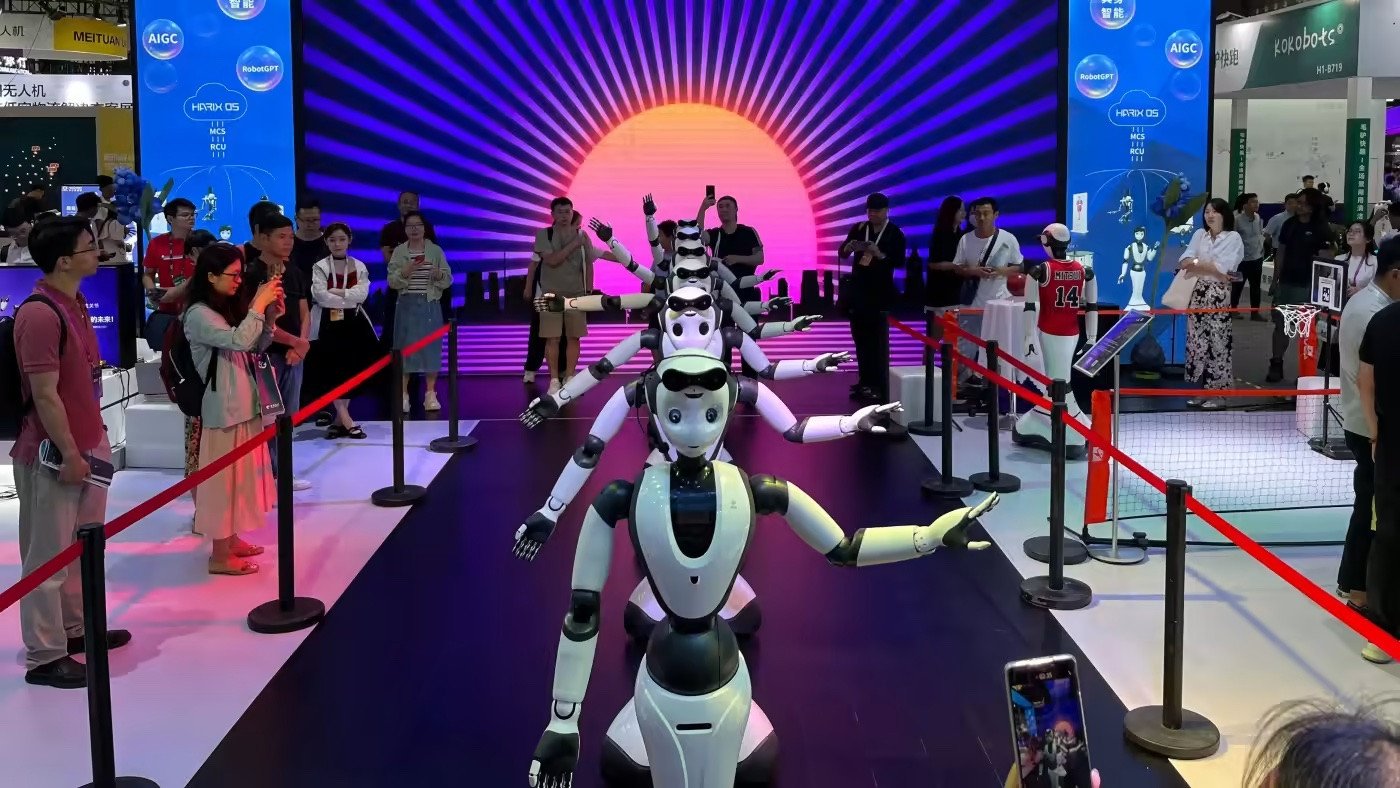
The application of AI in many industries is leading to labor shortages. According to the US market research firm IDC, China is expected to invest $38.1 billion in AI by 2027, equivalent to a three-fold increase in spending in 2022. Of these, AI investment will be particularly large in the telecommunications and banking sectors, as well as local governments.
China is on track to face a shortage of 4 million AI talent by 2030, according to a report released in May by McKinsey & Co. The figure is based on a forecast that demand for skilled AI professionals will increase sixfold from 2022 to 6 million, but the supply will only reach 2 million by 2030.
“Our research shows that after 2030, declining birth rates will further tighten the available AI talent pool, as fewer students will enter university programs,” McKinsey writes.
From there, McKinsey recommends “upskilling existing workers” and “diversifying the talent pool” by looking to outside contractors.
While no one is sure how long the AI boom will last, observers believe the industry as a whole is still short millions of workers with AI skills, although the exact number depends on how one defines that type of job.
(According to Nikkei)
Source



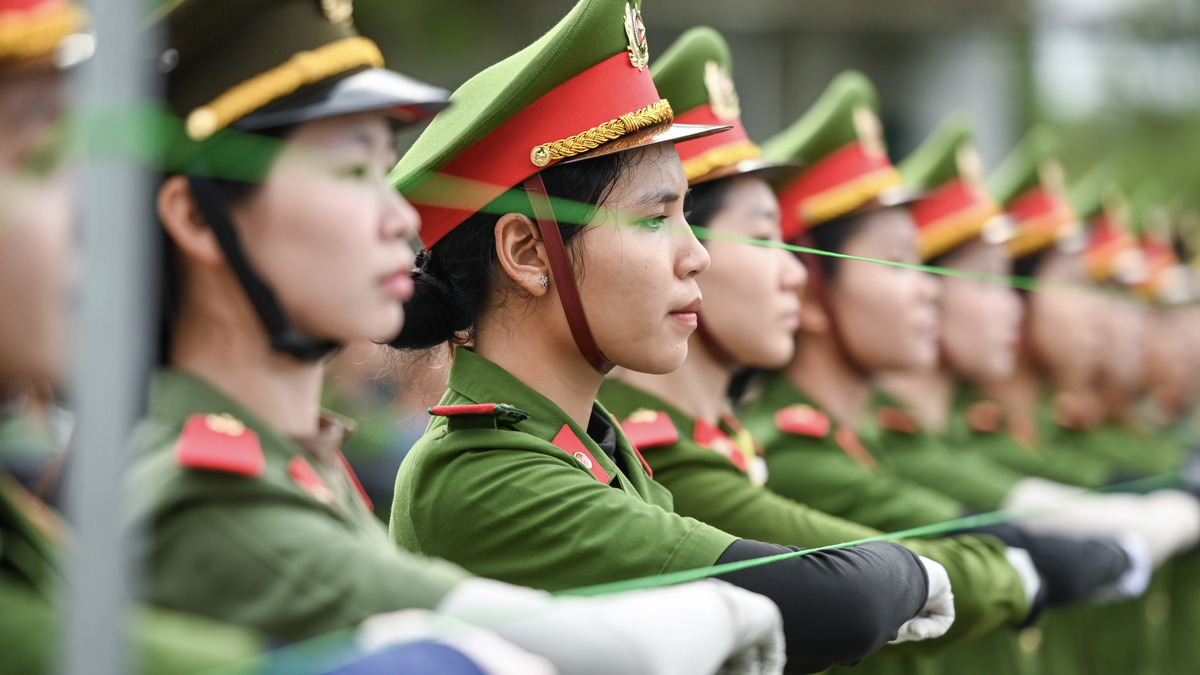










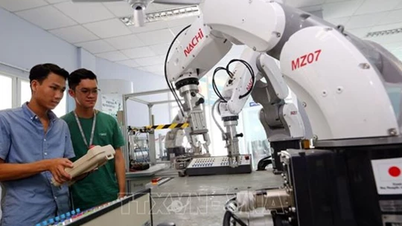



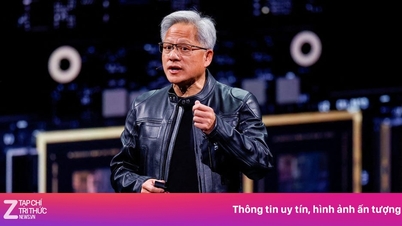




















































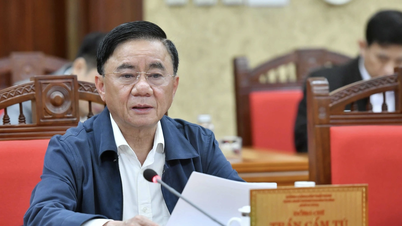


































Comment (0)